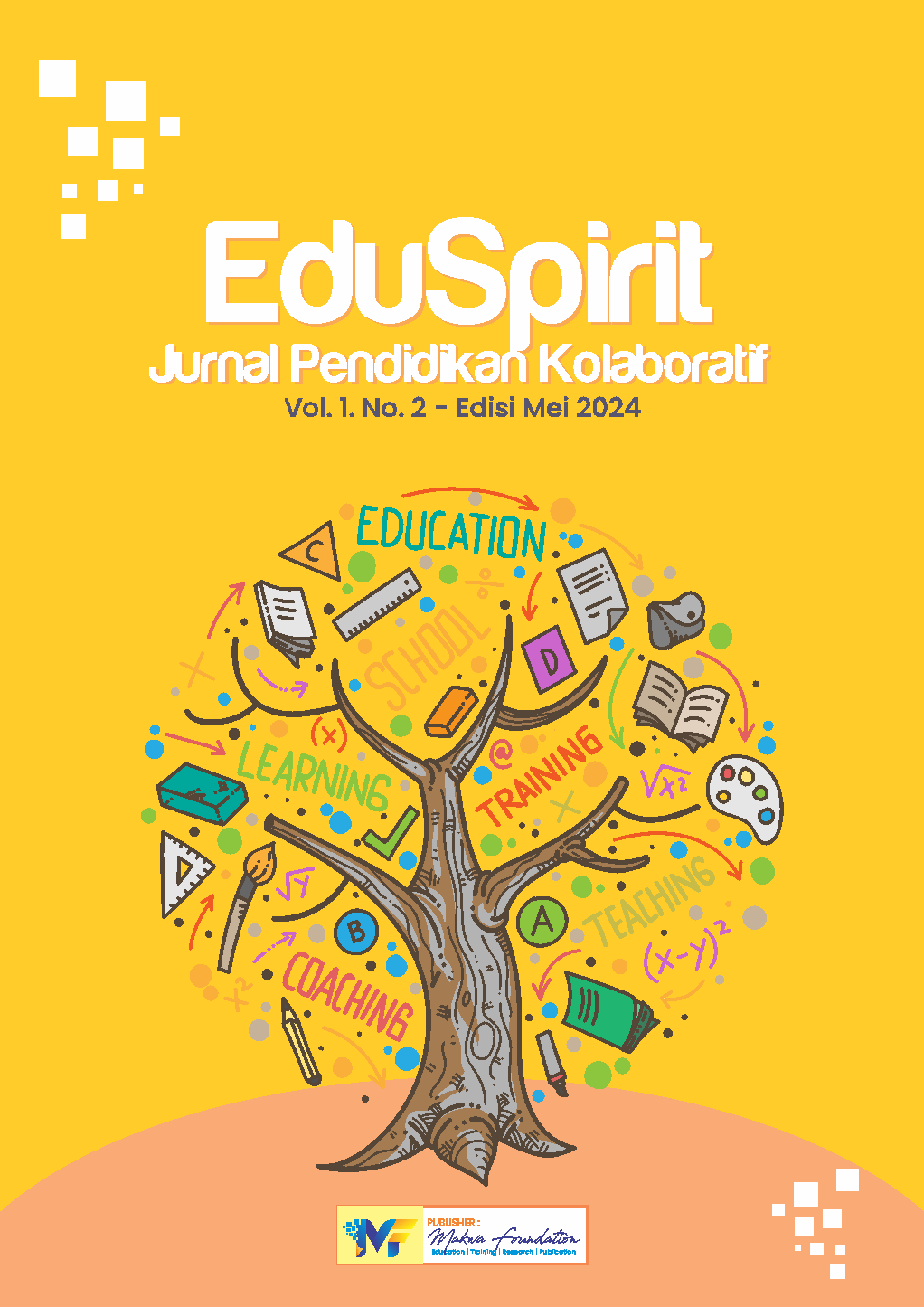Implementasi Model Project Based Learning dalam Meningkatkan Kreativitas Siswa di SMP Negeri 2 Tambusai
Keywords:
Model PBL, Kreativitas Siswa, SMP NegeriAbstract
The implementation of the Project-Based Learning (PjBL) model in this study has been proven to enhance students' creativity at SMP Negeri 2 Tambusai. Through a classroom action research (CAR) method with two cycles, this study observed students' progress in critical thinking, problem-solving, and the ability to generate innovative ideas. In the first cycle, students began to show increased participation in project activities, although challenges in time management and collaboration remained. The second cycle demonstrated more significant improvements, where students became more engaged in conceptualizing ideas, developing products, and presenting their projects. Questionnaire results revealed that most students were more motivated in project-based learning compared to conventional methods. However, the implementation of PjBL still faced challenges, such as limited facilities and the need for intensive teacher guidance. Therefore, school support in providing adequate infrastructure and enhancing teachers' skills is essential to optimize project-based learning outcomes.
References
Bandura, A. (1977). Social Learning Theory. Prentice Hall.
Bruner, J. S. (1961). The Process of Education. Harvard University Press.
Deci, E. L., & Ryan, R. M. (1985). Intrinsic Motivation and Self-Determination in Human Behavior. Springer Science & Business Media.
Piaget, J. (1954). The construction of reality in the child. Basic Books.
Schön, D. A. (1983). The Reflective Practitioner: How Professionals Think in Action. Basic Books.
Vygotsky, L. S. (1978). Mind in Society: The Development of Higher Psychological Processes. Harvard University Press.
Vygotsky, L. S. (1986). Thought and Language. MIT Press.
Downloads
Published
How to Cite
Issue
Section
Citation Check
License

This work is licensed under a Creative Commons Attribution-ShareAlike 4.0 International License.



